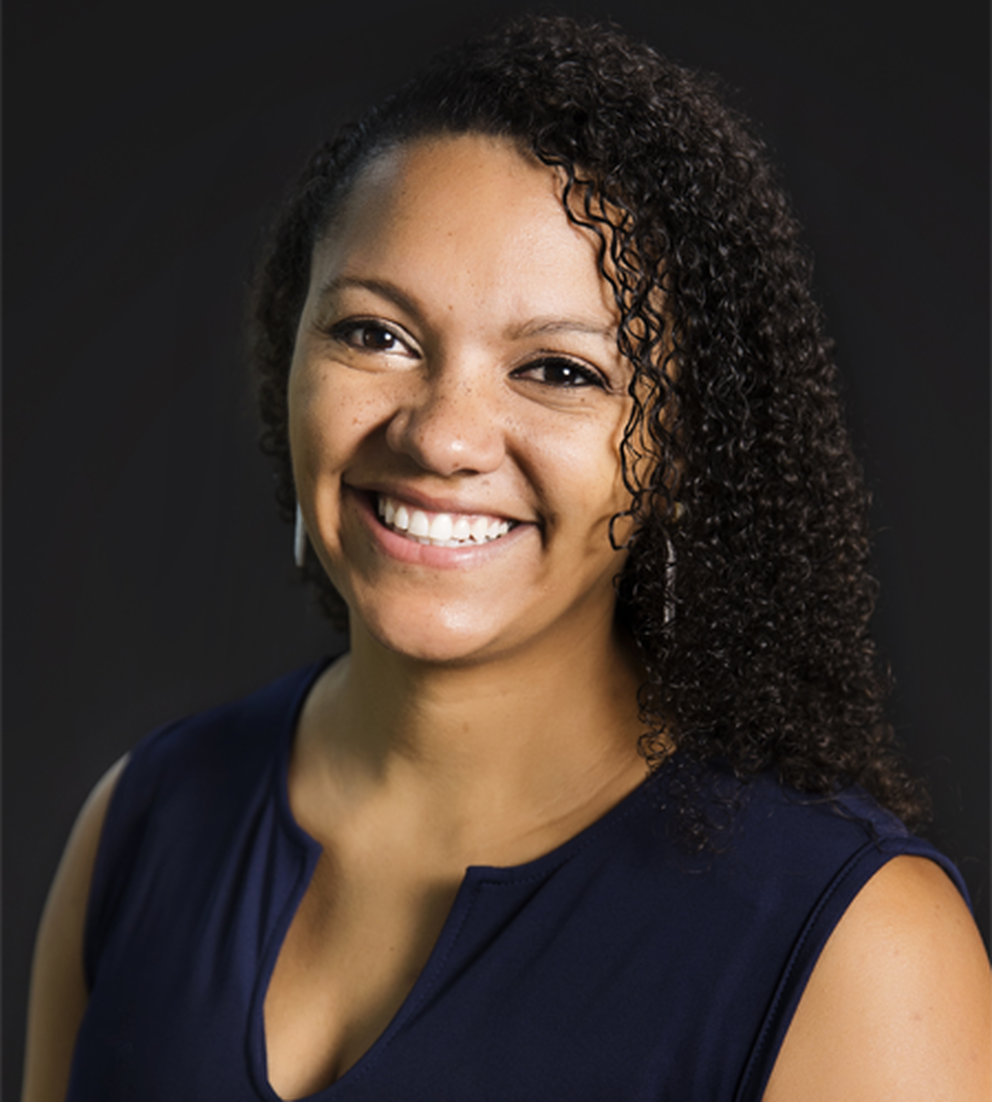(Editor's Note: This article is one in a series of articles, part of SC Media's 2024 Women in IT Security honoree program.)
Innovation in cybersecurity often stems from perseverance in the face of challenge and adversity.
For Tia Hopkins, chief cyber resilience officer at eSentire, the journey to cybersecurity innovation and leadership was as much about challenging societal norms as mastering technical skills. As a woman of color in a male-dominated industry, Hopkins recognized early on the glaring underrepresentation of women, particularly in leadership roles and at industry events.
This absence drove her to create Empow (H)er Cybersecurity, an initiative aimed at equipping women with the tools and confidence they need to excel.
“I realized there’s so much focus on technical skills, but not enough on empowering women to believe in themselves,” Hopkins said. “Empow(H)er Cybersecurity helps women find their purpose, build confidence, and navigate this tough industry with a sense of ownership over what makes them unique.”

Hopkins’ dedication to advocacy in the industry is matched by her strategic innovations at eSentire, where she reimagines cybersecurity as a business enabler. By prioritizing cyber resilience — a forward-looking approach that emphasizes recovery and adaptability — Hopkins moves beyond traditional risk management to address the dynamic nature of cyber threats.
“It’s not just about protecting systems,” she said. “It’s about ensuring that businesses survive and adapt in the face of adversity.”
This holistic approach involves not only technical innovation, but also a shift in mindset. At eSentire, Hopkins champions strategies that align technical defense with broader business outcomes, emphasizing the importance of resilience as a measure of success.
“Cyber resilience isn’t just a technical problem — it’s a business imperative,” said Hopkins. “Our goal is to prepare organizations to recover quickly and thrive even in the aftermath of an incident.”
Overcoming distrust to build innovation
Deepika Chauhan, chief product officer at DigiCert, faced a pivotal challenge shortly after joining Symantec in 2017 when widespread industry distrust disrupted the company’s Public Key Infrastructure (PKI) business. The fallout was significant, testing both customer trust and the company’s ability to adapt.
"Navigating that period taught me critical lessons about compliance, transparency, and agility," Chauhan said.

When DigiCert acquired Symantec’s PKI business, Chauhan transitioned to DigiCert and began leveraging those lessons to rebuild trust and strengthen digital security. She and her team spearheaded the development of DigiCert ONE, a platform designed to provide crypto agility and flexibility for diverse security use cases.
"We recognized that security challenges weren’t one-size-fits-all," said Chauhan.
The platform’s adaptability has since set a new standard for digital trust, addressing everything from securing CI/CD pipelines to managing enterprise identities. Resilience, Chauhan noted, was key to this transformation.
"It’s about rallying teams, staying transparent, and committing to solutions that strengthen not just our company but the broader cybersecurity community," she said.
By turning a significant setback into an opportunity for innovation, Chauhan said it helped her see how perseverance and adaptability can redefine an organization’s approach to security.
Pioneering threat hunting through challenge
From her beginnings in IT with the U.S. military to her leadership role now at Critical Start, Callie Guenther has consistently pushed boundaries. As head of the Cyber Research Unit (CRU), she has redefined how Critical Start approaches threat intelligence and malware analysis.

Guenther’s ability to transform challenges into innovative solutions is evident in her work establishing a robust intelligence pipeline and expanding the company’s capabilities in malware reverse engineering. Under her leadership, Critical Start has reduced incident response times and launched a revenue-generating threat intelligence stream, enhancing the value offered to Managed Detection and Response (MDR) customers.
For Guenther, the key to success is persistence through incremental improvements.
“Micro shifts steer the ship,” she explained. “You don’t need to overhaul everything overnight, but you do need perseverance to make those incremental changes that drive long-term success.”
When asked about her advice to others navigating challenges in cybersecurity, Guenther emphasized the importance of creative problem-solving and resilience.
"You have to be invested in solving the problem. It’s easy to say, ‘I don’t know,’ and throw in the towel, but finding creative solutions and piecing together technologies in non-intuitive ways is what defines success in this field,” she said.
Guenther believes the evolving landscape of cybersecurity demands a desire for continuous learning.
“Incremental process improvements and maturity mechanisms are what get you there in the long term,” she said. “Success is built on diligence, collaboration, and a willingness to adapt.”




